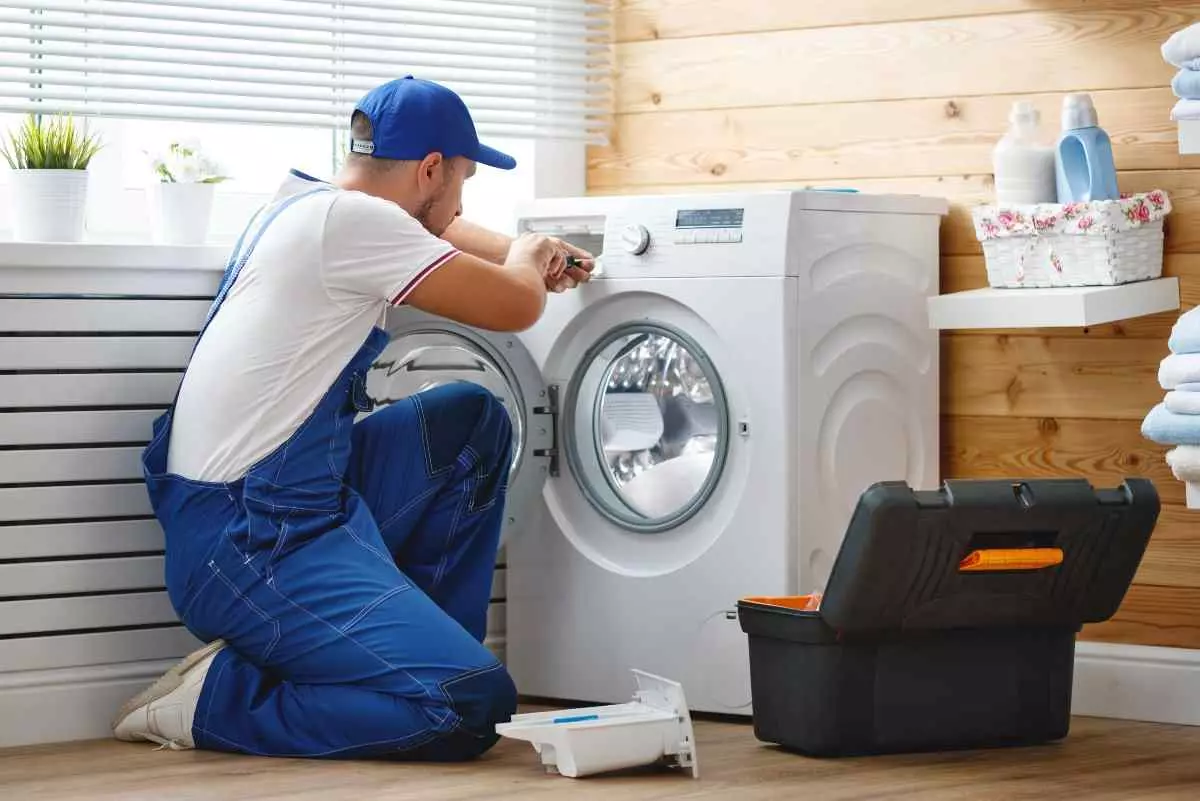As with all money-related issues, limiting your spending is always easier said than done. However, there are many options to help you control your money spending tendencies. From cost-effective budgeting to meal preps and finance apps, monitoring your cash can become easier.
Great ideas powered by a strong plan can help guide your understanding of how to spend less money. Below are some simple tips that can help control your spending.
The 50/30/20 Rule

This is a rule of thumb that financial mentors suggest to their clients. Allocate your monthly after-tax income to the following three categories:
- 50% to needs,
- 30% to wants,
- and 20% to your savings
It is relatively simple, straightforward, and manageable to follow and helps you plan a budget.
The rule can be especially important for new employees and workers on a limited paycheck. Also, keep in mind that this rule can be adjusted to better suit your earnings, expenses, and financial goals.
Advantages of the 50/30/20 Rule
The 50/30/20 rule may seem a tad minimalistic to create a strong budget; however, the long-haul implementation of this rule can pack some compelling advantages.
- Understand Where You Stand Financially
It can be difficult to impose a spending routine if you do not truly know your financial condition. This rule can assist you in evaluating your current financial standing and may provide you with a simplified budgeting structure.
- Recognize Simple Methods to Reduce Expenses
Like many budgeting methods, the 50/30/20 method can expose cut-back possibilities that were not particularly apparent in the past. By going through the step-by-step path of the rule, you can easily see exactly where your money is going each month and differentiate necessities from pure luxury.
- Diminish Financial Hardship
This type of budgeting can eventually reduce financial distress by introducing structure to your spending. Instead of compulsive spending, you will have a ready-set boundary system that will keep you within the limits of your budget.
- Create A Straightforward Process
The 50/30/20 rule can be a simpler budget plan with fewer categories than other, possibly more complicated ones. Additionally, it is relatively easy to track, simple to implement, and can introduce visible results.
Set Your Goals

Setting budget goals are a valuable tool to help you understand your spending habits and possibly curb them. Goal setting is a psychological drive that Psychology Today deems an “essential tool for self-motivation and self-drivenness – both at personal and professional levels.”
Even if you do not employ meticulous budget spreadsheets, you may benefit from goals to help you track your monthly income and expenses. Some goal-setting tips to stop overspending and help control your money allocation include:
- Gathering financial information
- Calculating your steady income
- Making a list of monthly expenses
- Determining your fixed and variable expenses
- Subtracting your income and expenses
After you have come up with the total monthly remainder, you can begin setting a tailored budget until you reach your desired total.
Set Short-Term Financial Goals
Determining and setting achievable short-term financial goals can be a reliable method to stay motivated as you shift your spending habits. Moreover, having these goals as a constant reminder can help you stay consciously aware of your finances and avoid spending too much money.
Make sure to keep your goals as specific and tailored as possible. Generic goals such as “stop eating out” may not get the job done. Current goals such as “I will cut back £100 from my dining out habits this month” can give your plan a clear aim.
Use Tracker Apps

Technology has had a significant impact on the financial world. Budgeting apps help you understand your current financial state and how to improve it. Apps such as Pocketguard or Mint can help set up a simple budgeting plan for you.
Budgeting is a key factor that can aid in reducing money expenditure, and apps are great motivators to reach your goal.
Budget apps are relatively easy to download to your phone, tablet, or computer. Link your app of choice to your checking and credit card accounts and let the app do the rest. It will track your spending and create monthly reports by category. Budget apps can also be useful to set up reminders for upcoming payments. The app also sets alerts when an account balance is getting too low that can help prevent overspending.
Control Food Costs

Whether it is spontaneous supermarket sprees, dining out, or drive-thrus, food may be one of the biggest expenses many individuals and families face. Although you can’t stop spending money on food altogether, you can implement small changes that can help you save.
A quick tip when you are shopping at the supermarket is to always go with a list. Lists can help you keep your spending in check and not surpass your financial limits. Creating shopping lists based on meal plans for the upcoming week can be the best way to push you to stop spending money carelessly at the grocery store.
Meal planning is an excellent alternative to dining out and drive-thrus. Usually, most of the impulsive grocery store purchases end up in the trash. However, you can avoid such wastefulness by becoming more diligent in your meal planning and careful with what you place in your cart.
Another trick is going to the market on a full stomach. Although it may seem strange at first, shopping on an empty stomach results in more purchases of high-calorie products that your mind presumes your body can consume.
Researchers at Cornell University administered a study that considered the effects of shopping on an empty or full stomach. This research involved 68 participants who were told not to eat for a few hours before the study. Some participants were given crackers, while the rest did not eat before going grocery shopping. The participants who were not given crackers bought more high-calorie and quantity foods from the store.
Preparing more meals at home can help control the quality and quantity of your meals, which can also reduce spending. Additionally, limiting your dining out can be a definite stepping stone in diminishing excess money leaks.
If you cannot adhere to a shopping list, try placing online orders for your grocery shopping. This method can help you avoid wandering around different aisles looking for something to buy. Additionally, it will tally up a total as you go, helping you keep your eye on the amount you will be spending.
Is Your Bank Account Leaking?
Entertainment subscriptions might seem inconsequential, but when forgotten, they can add up to wasteful spending.
Taking a few steps to assess your subscriptions can help you cut back on spending.
- Print out your credit card statement every month
- Review every transaction
- Locate all the subscriptions and their costs
- Figure out which ones you are using and which ones are not necessary
- Start canceling the ones you do not need
Wait Before Buying

While impulse buying can be thrilling and exciting, it can lead to extra spending. This is where you can implement the simple notion of “waiting.”
Some recommend waiting between 24 hours and three days before committing to a purchase. Unless the purchase is necessary, then there is likely little practical justification for purchasing the item immediately. There are a few advantages to waiting:
- You may change your mind
- You may find the same product at a lower price
- You may find something better
To truly implement the waiting method, you should also understand your shopping triggers. Triggers can include anything from peer pressure to mood swings, your environment, and so on.
According to research, mood is one of the most significant impacts on spending. In 1985, Meryl Gardner released an interesting read titled “Mood States and Consumer Behavior: A Critical Review in the Journal of Consumer Research.” She introduces a theoretical structure that illustrates the role of mood states and their importance in consumer behavior.
There is something about the momentary happiness you get when purchasing a brand-new item that people find irreplaceable. While that boost of energy may feel good, the matter of fact is it will always remain brief. Instead of going to the mall for some recreational shopping, go for a walk, pick up an at-home DIY project, or even hit the gym.
Another influential factor in overspending is peer pressure. Peer pressure can significantly affect consumer behavior, whether it is something you observe from friends or family.
Wanting to wear or own what others have is sometimes a factor in overspending.
In 2007, Rina Makgosa and Kago Mohube presented research titled “Peer influence on young adults’ product purchase decisions.” The paper focuses on peer influence among young adults’ purchase decisions. The results demonstrated that young adults are more likely to purchase products that their peers approve of.
Peer pressure exists with adults as well. Recognizing this as a driving factor behind your purchases may help you wait before buying.
Go Cash and Forget About Cards

Using cash can provide a more tangible sense of reality than cards. For example, to stop spending money, you can opt out of using a card, debit, or credit, and go straight to cash.
Another helpful trick would be employing the old school budgeting system — envelopes. The envelope method is relatively simple. Upon receiving your monthly salary, you can divide up the cash into marked envelopes. This can include various categories such as food, dining out, shopping, or savings.
Whenever a particular category drops in cash, that would be your red flag to reel it in. This method can also help you not spend money dedicated to other necessities. Handling cash rather than cards can act as a physical identifier of overspending and potentially improve spending habits.
Visualize the Cost
When shopping for any item or product, the first thing you may do is take a glance at the marked price. That is the right thing to do when trying to learn how to stop wasting money; however, there is another way to look at it. If you are intrigued by an impulse to buy, the best thing to do is calculate how many hours of work it would take to allocate enough money for the purchase.
Viewing items in terms of hours worked can potentially help you value the purchase differently and reconsider impulsive purchases.
For example, if you get paid £5 an hour, and a bag costs £200, you will have to work 40 hours to buy it. Putting in a full week’s work to purchase one bag may not be a logical decision for your finances.
Sell Then Buy

For every new item you are looking to buy, try selling something old that you may not have a use for. This works great with electronics. For example, if you are on the market for a new computer or smartphone, try selling your old device first. This may help you avoid spending the full amount on a new item.
You can also try to sell out-of-use items even if you are not looking to purchase anything. Go through your room or house and create an inventory of items that are no longer in use or needed. Once you have the list of items, start selling them online or in a yard sale. It can help generate a supplemental passive income.
Try a No Spend Challenge
A no-spend challenge is a commitment to not spend money on specific items for a period of time.
No-spend challenges can be a great booster to help launch big savings goals. Aside from adding the incentive to save big, the challenge can also help you learn more about your spending habits.
Fulfilling a no-spend challenge can:
- Break the cycle of overspending.
- Help you get off a paycheque-to-paycheque routine.
- Help build healthier financial habits.
The main aim of a no-spend challenge is as simple as finding hobbies that do not include purchasing things. For instance, we all like to grab a drink after a long day of work. The no-spend challenge can help you say no to expensive habits or mechanisms that urge you to spend money. Instead, this method may direct you to find a cheaper and mentally healthier option to relieve your stress.
Repair or Rebuy

When facing the decision to make a large purchase to replace something you already own, always check for warranties beforehand. If you have a warranty, you may be able to repair the broken item rather than replace it.
If the warranty has run out and you are dealing with a DIY repair around the house, such as a broken chair or table, it may be smarter to consider the costs of performing the repair yourself. This can be the perfect opportunity to keep yourself busy and avoid buying a new item.
When it comes to electronics, ask around for a repair price. After doing so, there are a few factors to consider:
- How long has the device been in use?
- Will the repair sustain for a long time?
- Are you financially capable of covering a new purchase?
It may make sense to buy rather than spend the time and effort to fix a broken item in some cases. However, since you are trying to learn how to not spend money, we recommend going without the product rather than replacing it.
Invest Your Disposable Cash
Sometimes “how to stop spending money?” is the wrong question. For example, disposable income can be helpful, and it may make more sense to use it rather than leaving it in a savings account.
The phrase “spend money to save money” may seem counterproductive, but it can actually be helpful when put to the test. For instance, investing in the stock market can be a great way to spend any disposable cash you accumulate.
Investments can be an extremely fruitful opportunity to bring in more cash. More and more people have entered the stock market and have found small but profitable investment opportunities. Squirreling away money in the stock market can pay dividends in the future, much more so than wasting it on fleeting purchases.
Another form of sustainable investment is launching a new business. Starting a business can be difficult, and finding the money to support it can be challenging. Your disposable income may not be enough to fund a new venture. Many new business owners depend on the help of a small business loan to help them start.
A small business loan refers to a cash advance offered to an aspiring or current business owner to start a new small business, acquire an existing small business, or draw in money into an existing small business to support current or future business ventures.
Bottom Line
Controlling your spending habits may be challenging; however, you can create a reliable action plan with the right set of tools.
With condensed budgeting and eager goal setting, you can swiftly get on top of your finances. Additionally, the 50/30/20 rule can help you configure a sturdy cash allocation program. Lastly, tracker apps may be a worry-free method to push you towards a stricter money management system.